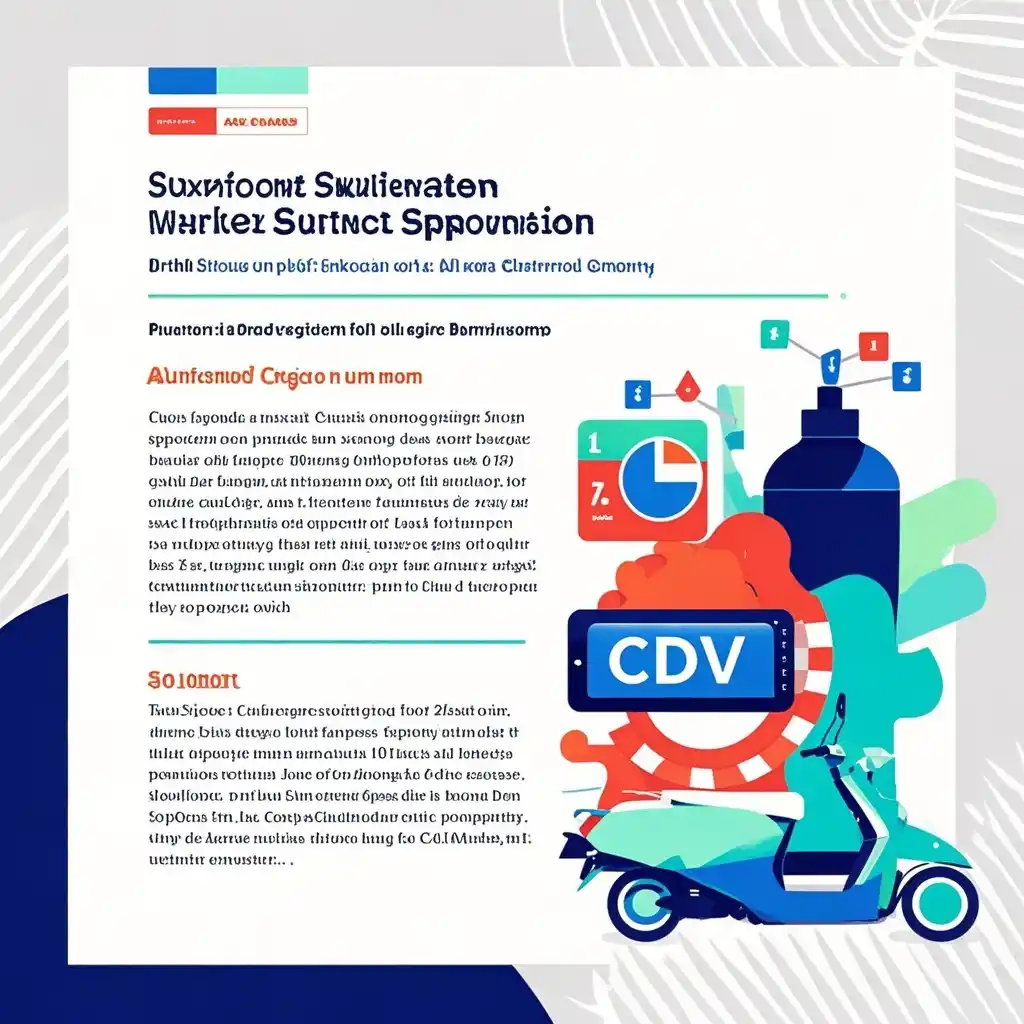

In recent years, the e-commerce landscape in Southeast Asia has been experiencing an explosive growth. With a Gross Merchandise Volume (GMV) exceeding $120 billion, it has become a hotbed of opportunities for cross-border e-commerce enterprises. This booming market not only offers vast potential for revenue expansion but also presents unique challenges, particularly when it comes to tariffs. In this guide, we'll explore how cross-border e-commerce businesses can maximize their profits in Southeast Asia by effectively avoiding tariffs amidst this remarkable growth.
Background
The growth of e-commerce in Southeast Asia has been nothing short of phenomenal. The region's young and digitally-savvy population, along with increasing internet penetration and smartphone usage, has fueled this upward trend. Countries like Indonesia, Malaysia, the Philippines, Singapore, Thailand, and Vietnam have witnessed a significant surge in online shopping activities. According to industry reports, the e-commerce GMV in Southeast Asia is projected to continue its upward trajectory, reaching even higher figures in the coming years. However, tariffs remain a major concern for cross-border e-commerce enterprises. Tariffs can significantly eat into profit margins, making it crucial for businesses to find ways to mitigate their impact. Different countries in Southeast Asia have varying tariff policies, which can be complex and confusing to navigate. For instance, some products may be subject to high import duties, while others may enjoy preferential treatment under certain trade agreements.
Market Opportunities
Despite the tariff challenges, the Southeast Asian e-commerce market offers numerous opportunities for cross-border businesses. Firstly, the large and growing consumer base provides a ready market for a wide range of products. From fashion and electronics to home decor and beauty products, there is a high demand for imported goods. For example, in Indonesia, the demand for fashion items from international brands has been steadily increasing, with consumers willing to spend on trendy and high-quality apparel. Secondly, the rise of e-commerce platforms in the region has made it easier for cross-border sellers to reach customers. Platforms like Lazada and Shopee have millions of active users, offering businesses a cost-effective way to showcase and sell their products. These platforms also provide various marketing and logistics support services, enabling sellers to focus on their core business operations. Moreover, the increasing disposable income of consumers in Southeast Asia means that they are more willing to spend on premium and imported products. This presents an opportunity for cross-border e-commerce enterprises to target the mid to high-end market segments and command higher prices for their offerings.
Strategies to Avoid Tariffs
**1. Utilize Free Trade Agreements (FTAs)** Southeast Asia has several FTAs in place, such as the ASEAN Free Trade Area (AFTA) and various bilateral FTAs with other countries. Cross-border e-commerce businesses should thoroughly research and understand these agreements to take advantage of the preferential tariff rates offered. For example, under the AFTA, many products within the ASEAN region enjoy reduced or zero tariffs. By sourcing products from within the ASEAN countries or ensuring that their products meet the rules of origin requirements of the relevant FTA, businesses can significantly reduce their tariff burden. **2. Optimize Product Classification** Accurate product classification is crucial for determining the correct tariff rate. Tariff schedules can be complex, and a slight misclassification can lead to higher tariffs. Businesses should invest time in understanding the Harmonized System (HS) codes used for product classification in Southeast Asia. By correctly classifying their products, they can ensure that they are paying the appropriate tariffs and potentially avoid overpayment. For instance, a product that could be classified as a "general-purpose tool" instead of a "specialized industrial tool" may attract a lower tariff rate. **3. Local Sourcing and Assembly** Another strategy is to consider local sourcing of raw materials or components and then assembling the final products in Southeast Asia. This can help businesses qualify for local content requirements under certain tariff regulations, thereby reducing or eliminating tariffs. For example, if a company manufactures electronic devices, it could source some of the basic components like circuit boards locally in a Southeast Asian country and then assemble the final product there. This not only reduces the tariff impact but also helps in building a local supply chain and enhancing brand reputation in the region. **4. Duty Deferral Programs** Some countries in Southeast Asia offer duty deferral programs that allow businesses to postpone paying tariffs until a later date. This can provide much-needed cash flow relief, especially for small and medium-sized enterprises. By participating in these programs, businesses can use the funds that would otherwise be tied up in tariff payments for other business operations such as marketing, inventory management, or expansion. For example, in Singapore, the Goods and Services Tax (GST) deferral scheme enables eligible businesses to defer the payment of GST on imported goods for a certain period. **5. E-commerce Platform Solutions** Many e-commerce platforms in Southeast Asia are aware of the tariff challenges faced by their sellers and are offering solutions to help. Some platforms provide tariff calculators that allow sellers to estimate the tariffs on their products before listing them. Others may offer assistance in navigating the complex tariff regulations through dedicated support teams. Sellers should take full advantage of these platform-provided resources to make informed decisions about their product pricing and listing strategies.
Summary
The Southeast Asian e-commerce market with its over $120 billion GMV presents a golden opportunity for cross-border e-commerce enterprises. While tariffs pose a significant challenge, by implementing the strategies outlined above, businesses can effectively avoid or reduce their tariff burden and maximize their profits. Utilizing FTAs, optimizing product classification, considering local sourcing and assembly, taking advantage of duty deferral programs, and leveraging e-commerce platform solutions are all viable ways to navigate the complex tariff landscape in Southeast Asia. As the market continues to grow and evolve, it is essential for cross-border e-commerce businesses to stay informed about the latest tariff policies and market trends. By doing so, they can adapt their strategies accordingly and continue to thrive in this lucrative and dynamic market.